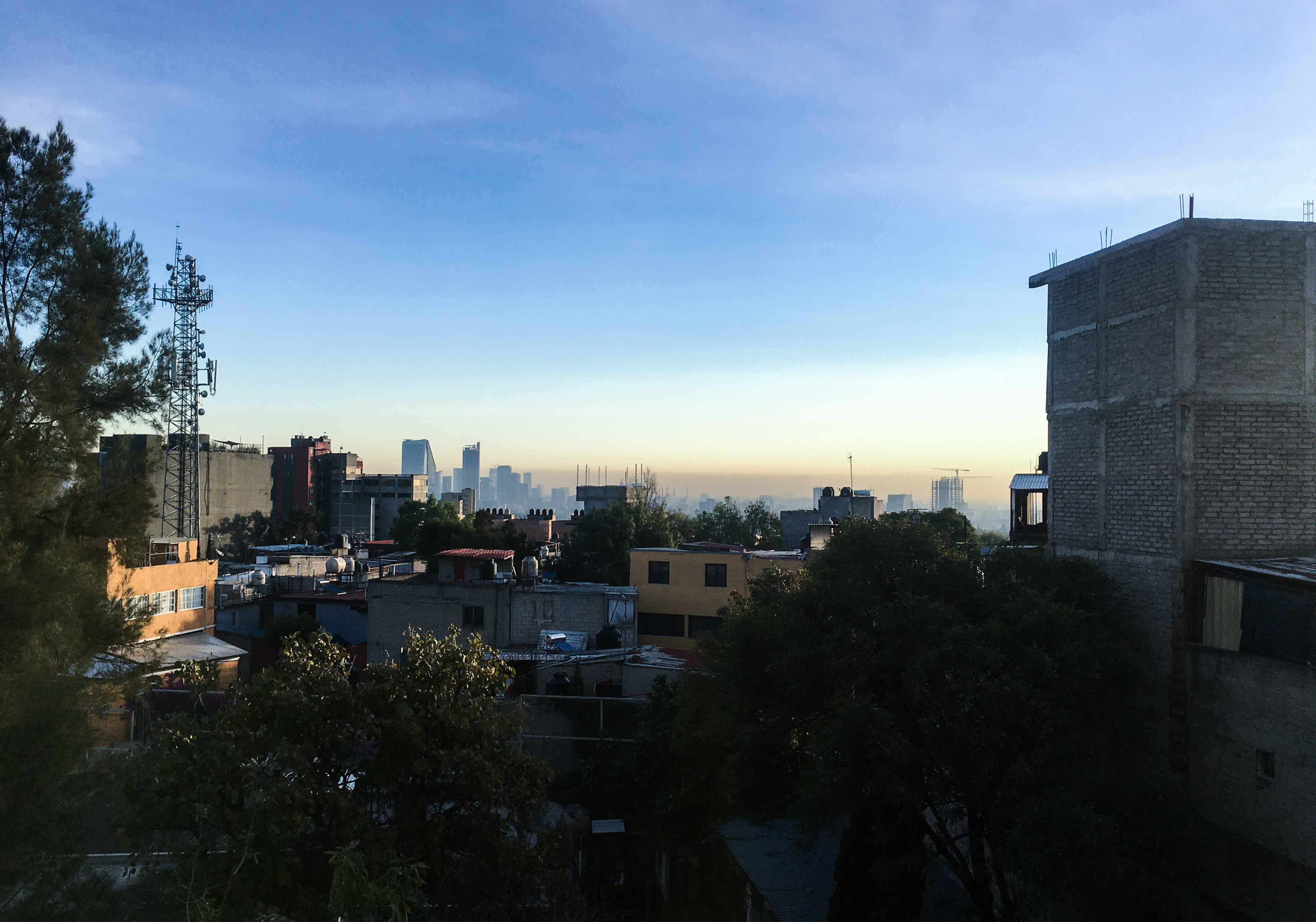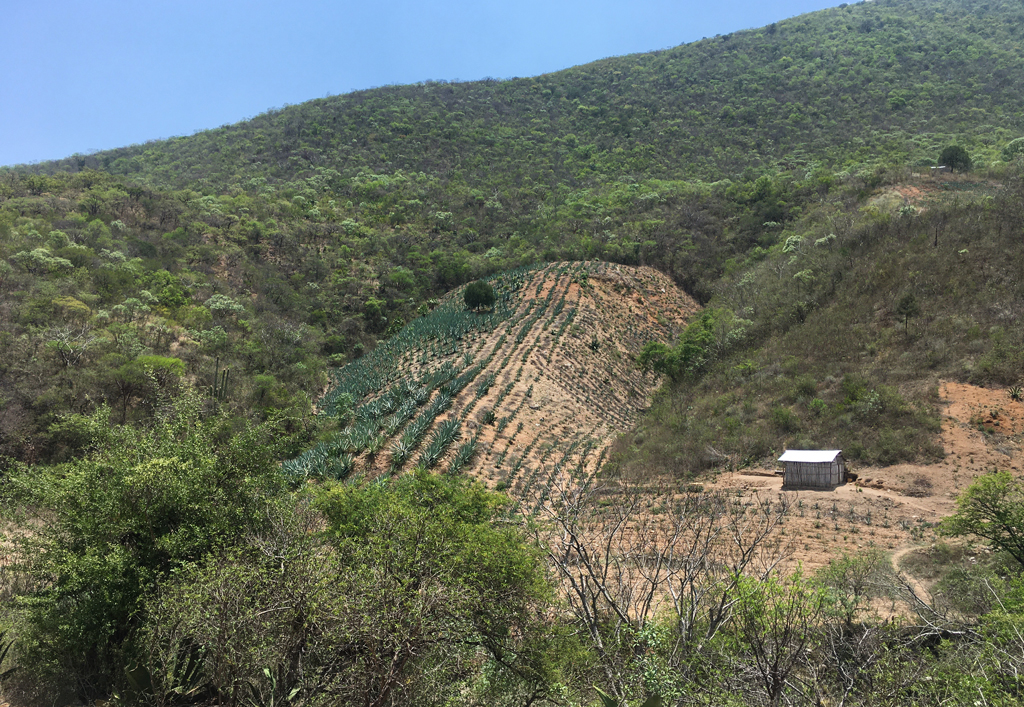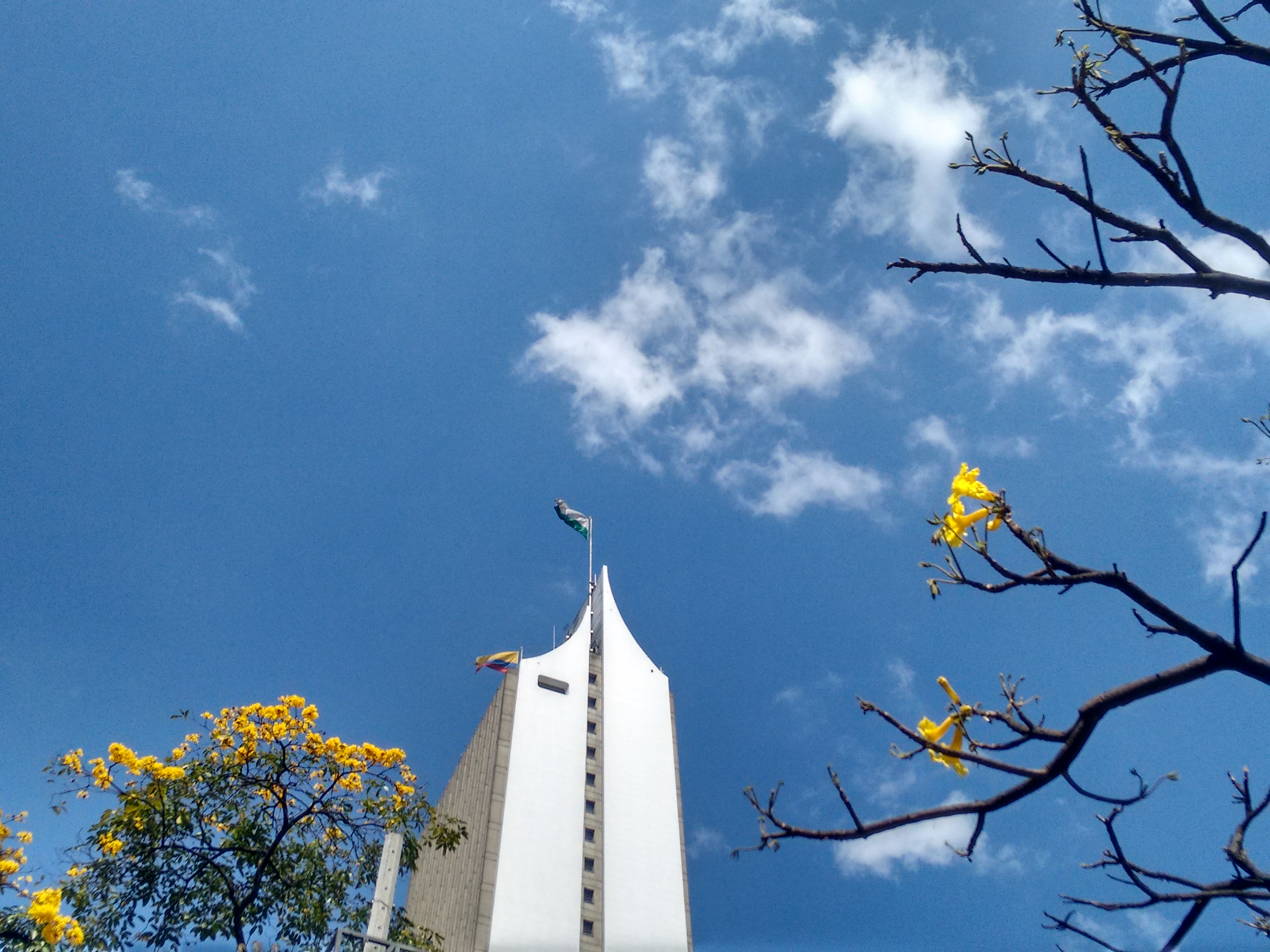Between More of Us / Blog
Climate disasters, mosquitoes and repairs
Increasing climate disasters in the global south bring the threat of widespread epidemics and the claim for restorative justice
Climate Crisis, Climate Justice, Nigeria, Pakistan, ThailandZoonotic disease, such as herpes or papilloma viruses in previous generations, or recently, Ebola and SARS-cov-2, account for changes in spatial relationships between animals and humans due to large-scale anthropogenic modifications to the ecosystems over the last centuries, such as land use change, urbanisation and global connectivity.1 As several scientists have argued, these conditions will result in changing geographical distributions of flora and fauna due to the transformation of their habitats, which in turn will increase the rate of interspecific viral transmission.2
While the impact of alterations at the geological level of the planet spreads beyond regional boundaries, the climate crisis and the way in which diseases affect populations in the global south are more severe due mainly to four conditions: an unequal distribution of resources that generates dependency; an unequal distribution of land rights and purchasing power; environmental degradation due to the peripheralized overexploitation of non-renewable resources; and the very finiteness of resources subjected to violent processes of neo-extractivism.3 The relationships between these dimensions: economic, social and environmental, produced by the recurrence of colonial processes of exploitation, exacerbates population and ecosystem vulnerability, which in turn facilitate the hosting and dissemination of viral vectors.
For example, between the 17th and 18th centuries, accelerated population growth and major ecological changes brought about by the plantation economy in the Caribbean made this region more conducive to mosquito vectors of malaria and yellow fever. Sugar cane plantations proved to be a favourable home for the spread of aedes aegypti. This mosquito breeds in stagnant water inside artificial water containers, so it lives in close proximity to human settlements and the plantations. The anopheles mosquito, the vector of malaria, found in the rice plantation landscapes of the Caribbean an ideal breeding ground.4
Since June 2022, Pakistan–home to the largest number of glaciers in the world outside the Arctic and Antarctica–has suffered historic flooding caused by unusual monsoon rains and the melting of glaciers in the north of the country following this year’s intense heatwave. Deforestation has been a major contributor to this tragedy, which claimed the lives of more than 1,700 people and damaged at least 2,000 hospitals and health centres. By early October, 75% of Sindh province remained flooded and access to medical services was extremely limited. The media impact of the weather disaster is tending to dissipate, but food and drinking water are scarce and people need to repair their homes. Diseases spread by mosquitoes that breed in stagnant water after floods are on the rise. In Pakistan, dengue has adapted to colder regions. In addition, in flood-affected areas of Sindh, up to 50 per cent of malaria-positive cases have been found, particularly in remote areas.
As Pitchaya Sudbanthad reports, while the international media focus on Florida in the aftermath of Hurricane Ian, places such as Bangkok in Thailand and Kogi State in Nigeria have suffered severe flooding in recent weeks. In Nigeria, at least 300 people have died this year due to severe rains and during September 2022, at least half a million people were affected, mainly on the banks of the Niger and Benue rivers, where the Ibaji district is currently completely submerged.
The extreme weather events we have seen this year, between record high temperatures and atypical storms, seem far from being an exception. The climate crisis aggravates the already precarious socio-economic situation of a large part of the global population in the South. The recurrence of zoonotic disease processes and the changing dispersal conditions of some viruses are major public health issues. As we have seen with the covid-19 vaccine distribution process, structural inequalities resulting from the accumulation of capital accentuate the vulnerability of large sectors of the population.
The destruction caused by recent climate disasters has intensified the debate around climate justice. Pakistan’s Climate Change Minister, Sherry Rehman, stated that richer countries–who demand inputs that increase climate change processes and produce the most emissions that cause climate change–should compensate countries in the south affected by climate catastrophes.
The demand for climate justice has regionally localised conditions and problems that require particular actions. The spread of new diseases among people as a result of zoonoses, as well as the regional adaptation of vectors of certain viruses require comprehensive repair processes that are not bought with carbon credits but with structural changes in strategies at a global level to strengthen traditional and conventional health systems, an urgent reduction of consumption and a transformation in food production towards agro-ecological diversity. In addition, international climate justice mechanisms need to be established to truly force consumer countries to take responsibility for these climate and health catastrophes beyond the agreements reached in November at Cop27, the UN climate change conference in Egypt.





